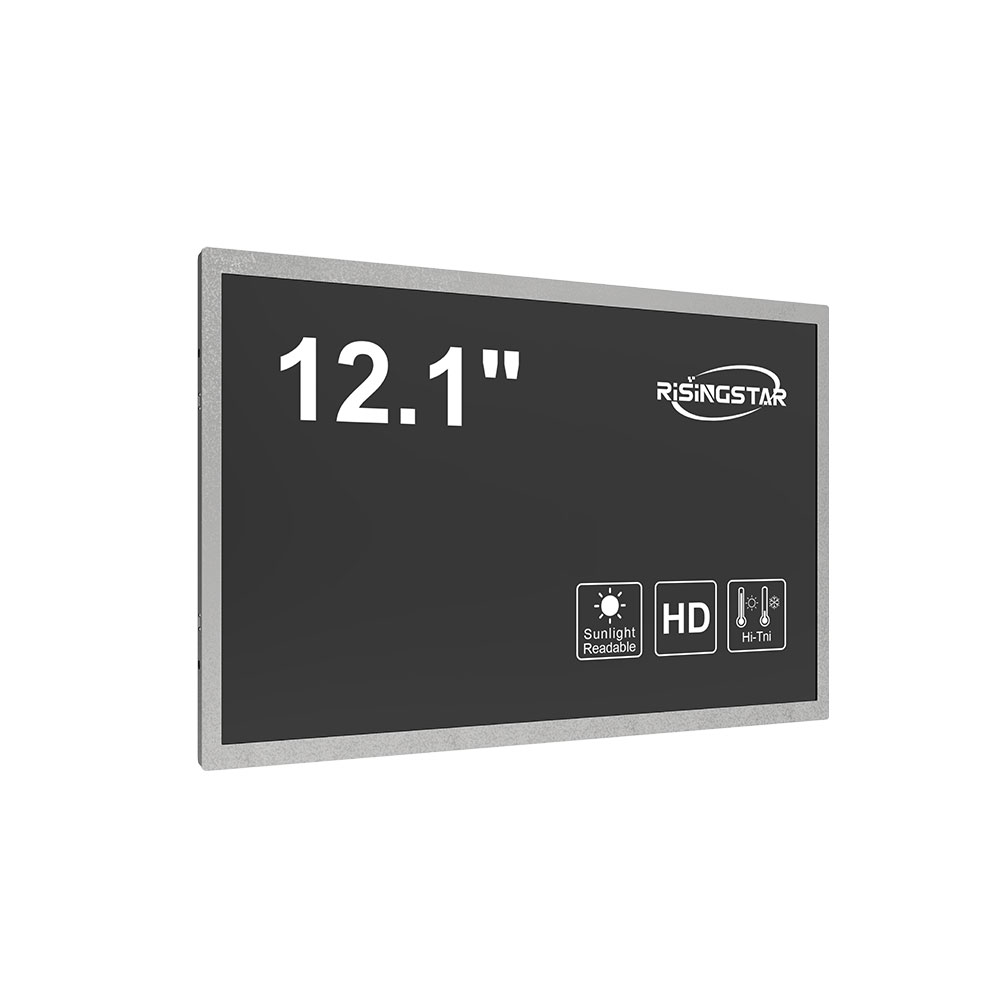
Privacy statement: Your privacy is very important to Us. Our company promises not to disclose your personal information to any external company without your explicit permission.
Outdoor strip LED display screens have become a critical component in modern digital signage, advertising, and public information systems. With a wide range of screen sizes—from compact 14.1-inch units to massive 86-inch displays—these modular panels offer flexibility in deployment across urban environments, transportation hubs, retail spaces, and large-scale events. The most commonly used sizes include 19", 21.2", 23.1", 28", 37", 48.5", 58.4", and 86", each designed for specific lighting conditions, viewing distances, and content types.
Manufacturers engineer these screens with high-brightness LEDs (typically 5,000–10,000 nits) and IP65 or higher waterproof ratings to withstand harsh weather. For instance, the 28.6" and 37" models are ideal for outdoor billboards where visibility at dawn or dusk is essential, while the 48.5" and 58.4" variants are preferred for stadiums and concert venues due to their high resolution and seamless scalability. The 86" unit, often used in mega-events like sports finals or New Year’s Eve celebrations, leverages advanced pixel pitch technologies such as P1.6 or P2.5 to ensure sharp image quality even from 10 meters away.
From an engineering standpoint, the design of strip screens involves thermal management systems, aluminum heat sinks, and dual-sided ventilation to maintain optimal operating temperatures under direct sunlight. Industry standards such as IEC 60598-1 for lighting equipment and EN 61347-2-13 for LED drivers govern safety and performance. Case studies from cities like Singapore and Dubai show that using 28" and 37" strip screens in smart city projects reduces energy consumption by up to 30% compared to older CRT-based systems through intelligent brightness adjustment algorithms.
For integrators and end-users, selecting the right size depends on viewing distance, ambient light levels, and content refresh rate. A 14.1" unit may be sufficient for small kiosks in shopping malls, whereas a 56.6" or 58.6" panel is better suited for highway signs or airport departure boards requiring instant readability in daylight. Additionally, the trend toward edge-to-edge seamless integration using magnetic mounting brackets and standardized 30mm interconnect modules enhances installation speed and maintenance efficiency across global deployments.

In summary, outdoor strip LED screens represent a mature yet rapidly evolving technology, driven by advancements in brightness control, power efficiency, and modular scalability. Their growing adoption across industries underscores their role in enabling smarter, more engaging visual communication in open-air environments.
Email to this supplier

Privacy statement: Your privacy is very important to Us. Our company promises not to disclose your personal information to any external company without your explicit permission.